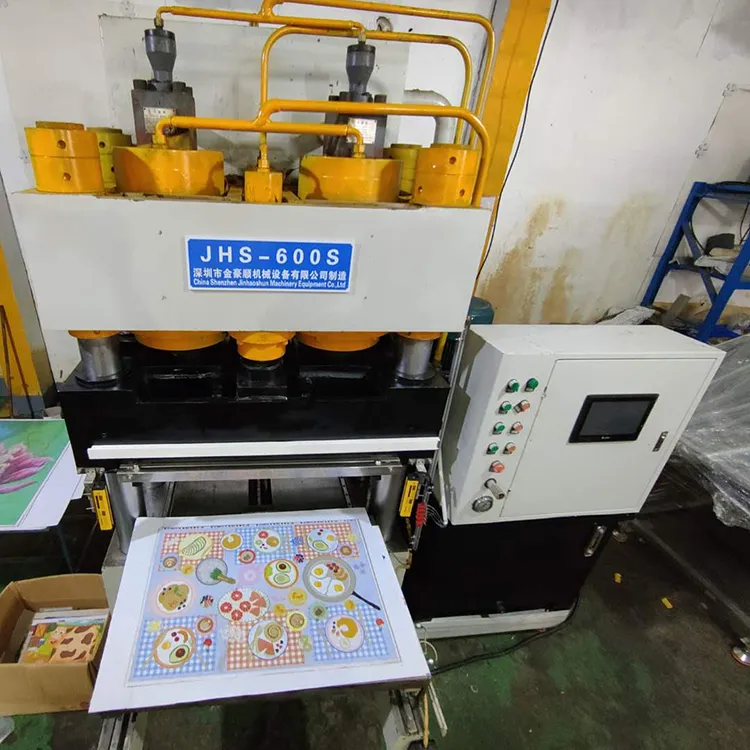In the digital age, technology has become an indispensable part of puzzle making, revolutionizing the industry and enhancing puzzle design and production. Let’s explore some key strategies for successfully integrating technology into puzzle making:
1. Utilizing Computer-Aided Design (CAD) Software
CAD software enables designers to create intricate and detailed puzzle designs with precision and accuracy. Designers can experiment with different shapes, sizes, and configurations, resulting in puzzles that are visually stunning and challenging. CAD software empowers designers to push the boundaries of traditional puzzle design, leading to more engaging and innovative puzzles.
2. Embracing 3D Printing Technology
3D printing technology has transformed puzzle manufacturing by allowing designers to bring their creations to life quickly and efficiently. With 3D printing, puzzles can be produced in a matter of hours, enabling faster prototyping and production. This technology also offers greater customization and personalization options, allowing designers to create unique and tailored puzzles to meet the preferences of their audience.
3. Incorporating Augmented Reality (AR) and Virtual Reality (VR)
By integrating AR and VR technology into the puzzle experience, designers can create immersive and interactive gameplay experiences. Players can use their smartphones or VR headsets to solve puzzles in a virtual environment, adding an extra layer of excitement and challenge to the gameplay. AR and VR technology open up new possibilities for creative puzzle designs and provide players with a truly immersive gaming experience.
4. Leveraging Online Platforms and Digital Marketplaces
The rise of online platforms and digital marketplaces has provided puzzle makers with new opportunities to reach a global audience. By selling puzzles through online stores, designers can connect with customers around the world and engage with a diverse community of puzzle enthusiasts. Online platforms also enable designers to gather valuable feedback and insights from customers, which can be used to improve future puzzle designs.
5. Harnessing the Power of Social Media and Digital Marketing
Social media and digital marketing have become essential tools for promoting and showcasing puzzles to a broader audience. By leveraging platforms like Instagram, Facebook, and YouTube, puzzle makers can create buzz around their latest creations, generate excitement, and drive sales. Social media also allows designers to connect with influencers and reviewers who can help promote their puzzles to a larger audience.
In conclusion, integrating technology into puzzle making machine is essential for staying competitive in today’s fast-paced industry. By embracing CAD software, 3D printing, AR and VR technology, online platforms, and social media, puzzle makers can create innovative and engaging puzzles that capture the imagination of players of all ages. By adopting these strategies for success, puzzle makers can continue to push the boundaries of what is possible in the world of puzzle making.

